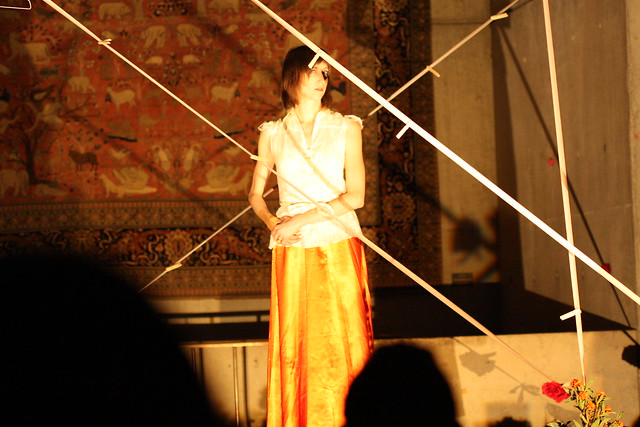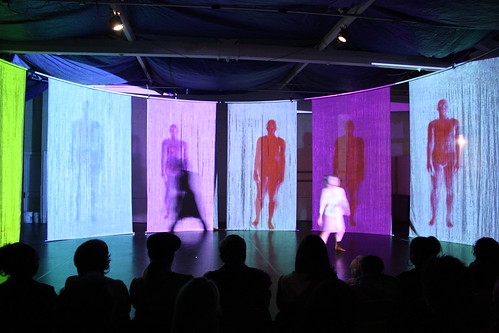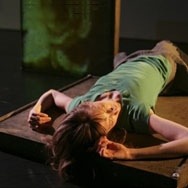Supporting creativity Pt. 5
Much like the work in Principles of Uncertainty, chaos over time becomes pattern. That is just the way it is. Years ago, my wife and I had one of those inexpensive sound spa units in our bedroom. The allure of napping by a babbling brook. You know. Like you used to do? Well. I came home early with a headache. Punched up the sound spa. After a minute or so, the loops in the sounds became rhythmic. Obvious. Explicit. Annoying. Trash can. Even the most random events. There is so much less chaos than you think.
I notice patterns. It’s really at the core of what I do. If I were to consider my own (capital E) Expertise, I might say that it is pattern recognition. I know it sounds like something obvious. Simple. Apparently not. Anyway. I find so much of Miller Rothlein’s work as reflective. Not always of the directors. A persona. A characterized event. A wish. A life encountered or speculated.
Self Portrait was commissioned by the Philadelphia Museum of Art and premiered in 2008. The work had some of its roots in the work of Frida Kahlo but each component was fitted, adapted, and joined to the history of Amanda Miller. Tracing the roles, travels, injuries, and loss across a timeline Miller found touchpoints. Solitary moments.

As a teacher with decades (a fact, not braggadocio) I am familiar with teaching subjects that are personally challenging. I remember wondering how personal this piece was to the directors as the student were developing their own works. The parallel process used by the company had been so effective. How would the students research and reflect, plan, develop, and interact with the content. Building their own self portrait. Amanda and Tobin watching them struggle in a similar way to their own developing work, in a similar way to Kahlo’s own developed work; history taking them farther back and finding those same pains. Different verbs. Different nouns. Names changed to confuse the innocent.
Sixth and seventh graders blending media to create a language that represented their lives. Completing the work and hiding their small movements that explain just a bit of themselves. Wondering if anyone will notice. Wondering if anyone will understand. Hoping that it is never mentioned.
Brave lonely movement before the whole world.
 50 drummers. 25 dancers. 2 video artists. Chaos? Maybe. Until you start to see the patterns emerge. The relationships evolve. Suddenly a tragic story or exciting invitation. Audience members at the public performance were compelled, almost spiritually, to leap into the fray. We sat in the center. Another educator and I. It was a spectacle. Rhythmic. Terrifying. Cultish. Moving.
50 drummers. 25 dancers. 2 video artists. Chaos? Maybe. Until you start to see the patterns emerge. The relationships evolve. Suddenly a tragic story or exciting invitation. Audience members at the public performance were compelled, almost spiritually, to leap into the fray. We sat in the center. Another educator and I. It was a spectacle. Rhythmic. Terrifying. Cultish. Moving.
